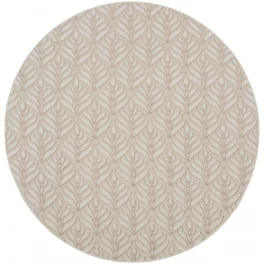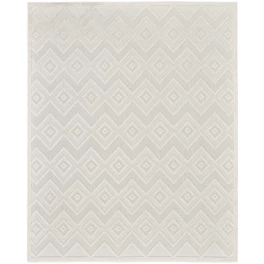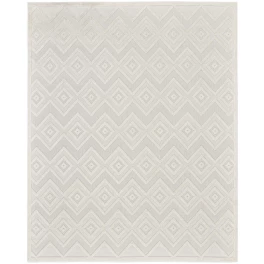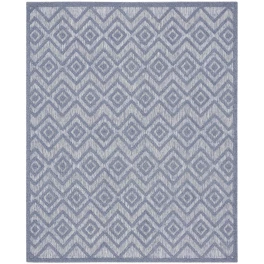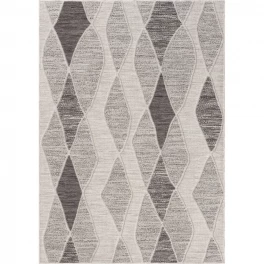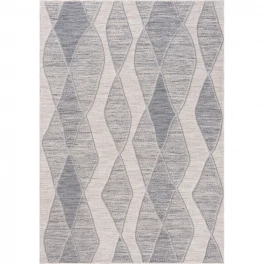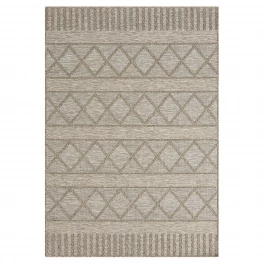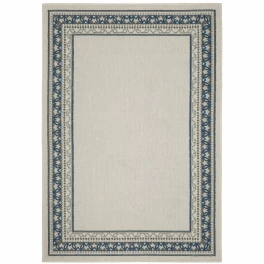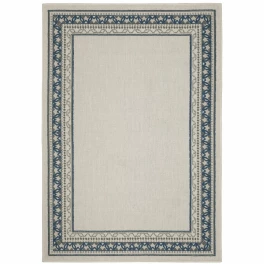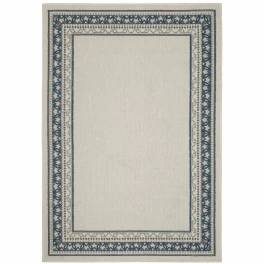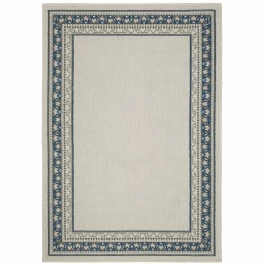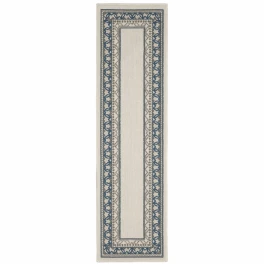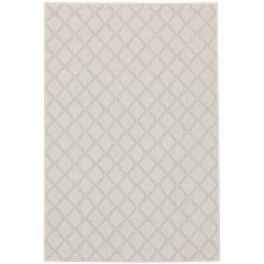What are the best banister options for your stairs? Well, it depends. To pick the right banister styles for your home, you need to, first, be clear about your decorating style, and second, know what banister choices are available.
When selecting banister options for your staircase design, your decision will need to focus on two elements.
- Banister Materials
- Banister Designs
This article details the most common options for both of these elements. Before we get to that, however, let’s make sure we're clear on some terms.
What Exactly Is a Banister?
Sources disagree about what the word “banister” actually means. Dictionaries define the word as either the entire structure of the handrail and the uprights holding up the handrail that runs up along a staircase OR as just the uprights OR as just the handrail. Some websites selling banisters refer to the banister as just the handrail, calling the supports the “balustrade.”
In this article, we’ll assume the banister is the entire structure that runs along the side of the stairs to give you something to grab onto. Just be aware when you shop for banisters that sometimes the site you’re on might give “banister” a more limited meaning.
So now, let’s get to your choices for stair banisters.
Banister Materials
Banisters technically can be made of pretty much any solid material, including tile and stone. However, wood, metal, and Plexiglas are the most common banister materials.
Wood
Historically, the most common banister material has been wood. Wood banisters traditionally have been a combination of a rounded wood railing and turned spindle supports. Although simpler, more modern wood banisters can be found, most wood banisters still have this primarily old-school look.
Wood banisters, because they can be formed into any design from plain to fancy, and because their look varies tremendously depending on whether they’re stained or painted, polished or natural, can fit into pretty much any décor style. However, as a general rule, they work best in traditional spaces or in spaces where organic materials are highlighted. These organic styles include country, cottage, rustic, casual, Colonial, Victorian, Scandinavian, Belgian, and Tuscan. Within those styles, the choice of your banister will depend on the level of elegance in your style. Fancy polished banisters, for example, will look out of place with most décor but will be a perfect fit for upscale, high-end homes.

Photo by Artazum on Shutterstock
In addition to design considerations, keep in mind your lifestyle and how it will impact banister lifespan and maintenance when you make your banister choice. Wood banisters can require quite a bit of effort to keep them looking nice. Stains and paints can wear out quickly because banisters get touched all the time. Also, the fancier the spindles and the closer together they’re placed, the more dusting you’ll have to do.
Metal
The second most common banister material is metal. Like wood, metal banisters can be a fit for a wide range of design styles. Wrought iron banisters and scrolled metal banisters belong in more traditional spaces, and steel banisters work well in modern spaces. As is true with metal furniture, you have to decide whether you want metal to blend with your décor or contrast with it. Either can work.
As a general rule, metal banisters have less visual weight than wood banisters. In other words, their banister railings look “lighter” in the room. If you want your space to appear open, and you want unimpeded sight lines, metal would probably be a better banister material for you than wood.

Photo by jamezsomwong on Shutterstock
Regarding maintenance, metal beats out wood when it comes to standing up to long-term wear and tear. Unless your metal is painted, all you’ll probably have to do is keep it dusted.
Plexiglas
Although not nearly as common as wood or metal, Plexiglas is a banister material you might want to consider. Clearly (excuse the pun), Plexiglas is the most modern of the banister materials. A Plexiglas banister is going to scream “Mismatch!” in a traditional or rustic space. Within all types of contemporary design, however, Plexiglas will do fine.
If you’re a parent with small children, Plexiglas banisters are worth looking at. A Plexiglas banister removes all worries of children falling through or getting stuck between railing supports.
If you love modern minimalist design, Plexiglas is the banister material for you.

Photo by alexandre zveiger on Shutterstock
Of all the banister materials, Plexiglas is the most durable over time. However, it will require more cleaning. Fighting finger and hand smudges might be an almost daily task.
Banister Designs
As with any interior design feature, the number of design styles available for banisters is vast. However, all the options fall loosely within four specific style types: traditional, rustic, modern, and minimalist.
Traditional
Traditional banisters are the fanciest of the banister styles. Anything ornate and complex in terms of metalwork or wood railings will be traditional. If your design style has a historical or cultural bent (think Tuscan or Southwestern), a traditional banister style will be your best choice.

Photo by Photographee.eu on Shutterstock
Rustic
Rustic banisters are no-frills banisters. Made from either chunky wood beams, reclaimed wood, or simple wrought iron, rustic banisters are as close to natural as a banister can get. Even though they’re rustic, they can have a place in other types of design. They are right at home especially in country and casual styling especially. They also, however, can blend into the plain décor of contemporary design because of their linear geometry.

Photo by Jan Mika on Shutterstock
Modern
The less a banister stands out and grabs attention the more modern it’s. Modern banisters tend to be open and utilitarian. They have just enough structure to provide a safety barrier along a stairway, but they never have so much presence that they overpower the stairs themselves or the stairs’ surroundings. Obviously, these banisters work best in contemporary spaces.

Photo by Natalya Volchenkova on Shutterstock
Minimalist
Minimalist banisters are as close to invisible as you can get. In fact, some staircases go all the way to “invisible banisters,” providing no railing at all. If you want something to grab onto for safety but you also love the openness of a banister-less staircase, a minimalist banister is for you. These banisters consist of skinny railings usually attached to a wall or sometimes held up by narrow, widely spaced supports.
People who want to use the dead space under stairs for storage or office space often choose minimalist banisters to prevent a stair banister from detracting from the look of the beneath-stairs addition. Anytime you want to keep your stairs from overpowering nearby furniture or design features, minimalist banisters will work well.
They also are ideal if uninterrupted expanses of space appeal to you.

Photo by Nine Gan on Shutterstock
When you keep all these banister materials and styles in mind when you’re exploring banister options, it will be easier to make a banister choice that will be just right for your home.




